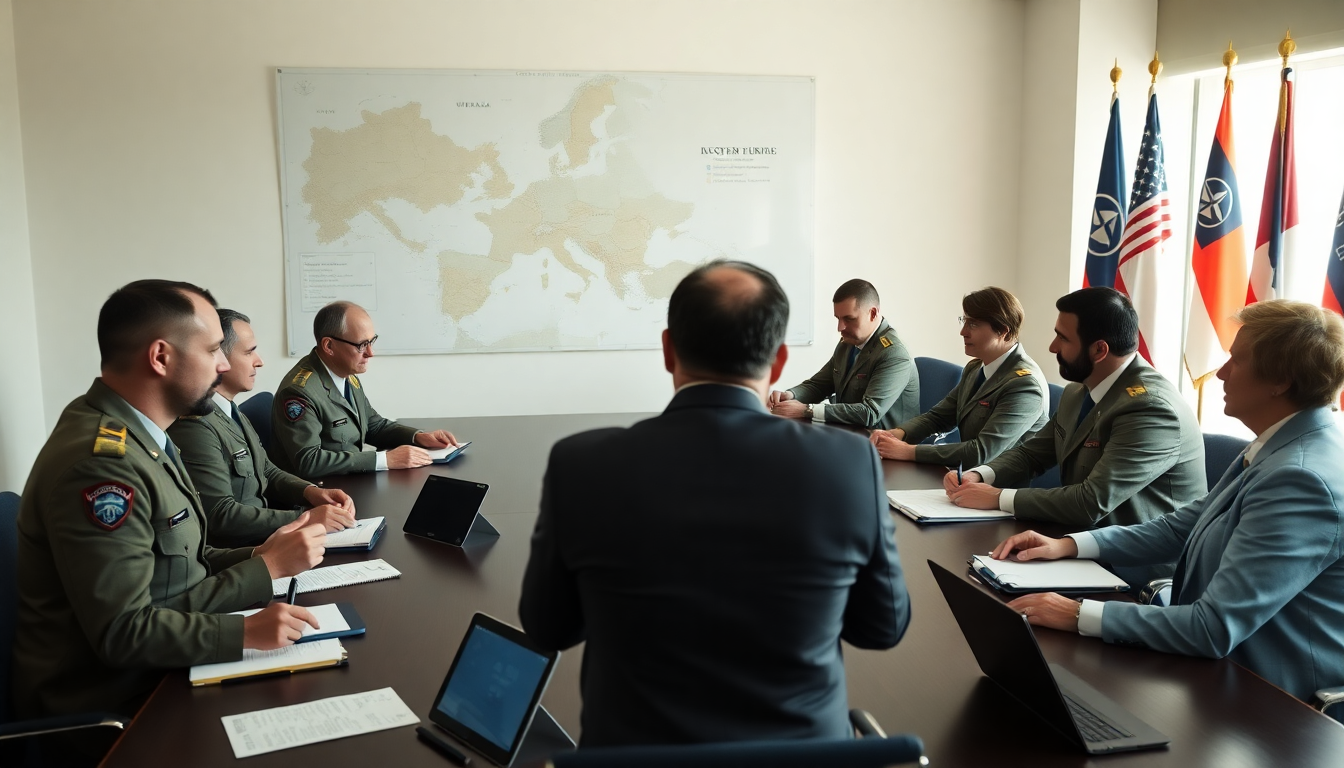Table of Contents
The geopolitical landscape surrounding Ukraine has grown increasingly complex, especially in light of recent statements from U.S. President Donald Trump regarding Russia’s invasion. As things develop, understanding the nuances of U.S. policy becomes essential for grasping its implications on NATO and Ukraine’s defense strategy. But what does this really mean for the future?
The Current U.S. Position on Ukraine’s Defense
In a significant shift, President Trump has recently indicated that the U.S. may send both offensive and defensive weapons to Ukraine—this marks a notable change in the administration’s approach. Why is this important? Because it comes at a critical time when NATO and European allies are also rethinking their strategies in response to Russia’s ongoing aggression. Trump’s comments suggest a readiness to escalate military support, potentially including advanced weaponry like Patriot missile systems, which Ukraine has identified as essential for its defense.
During a press briefing, Trump stated, “We will send them Patriots, which they desperately need.” This statement underscores the urgency of the situation in Ukraine, where relentless bombings by Russian forces continue to escalate. Notably, Trump’s remark that the European Union would bear the financial responsibility for these arms reflects a transactional approach to international military support. It seems the U.S. aims to strengthen its position while easing its financial burden—an intriguing dynamic, wouldn’t you say?
As Trump gears up for meetings with NATO Secretary-General Jens Stoltenberg and German Defense Minister Annegret Kramp-Karrenbauer, many observers are speculating that a more comprehensive military support package for Ukraine may be on the table. This could involve not just defensive capabilities but also offensive weapons that could amplify Ukraine’s reach into contested territories. Could this be a game changer?
Geopolitical Implications of U.S. Support
The implications of the U.S. stance on Ukraine are profound, especially given the ongoing conflict. Bolstering Ukraine’s military capabilities could significantly alter the dynamics on the ground, potentially empowering Kyiv in its resistance against Russian advances. Republican Senator Lindsey Graham has highlighted the urgency of this support, suggesting that a “turning point” in the conflict is on the horizon. His comments hint at a broader strategy that may involve leveraging frozen Russian assets to fund military aid for Ukraine—this indicates a shift toward a more assertive U.S. posture.
Moreover, the evolving situation underscores the importance of NATO unity in addressing Russian aggression. With the frequency of attacks on Ukrainian soil and a lack of response to calls for a ceasefire, pressure is mounting on Western allies to provide robust support. A collaborative approach that includes both the U.S. and European partners will be crucial in shaping the outcome of the conflict and maintaining regional stability. How will these alliances hold up under pressure?
Ukraine’s President Volodymyr Zelenskyy has urged his military leaders to prepare detailed reports on the situation at the frontline, reflecting a proactive stance in anticipating Russian strategies. By aligning closely with U.S. military support, Ukraine hopes to enhance its defensive capabilities and brace for potential escalations. Is this the strategy that will turn the tide?
Looking Ahead: The Future of U.S.-Ukraine Relations
The trajectory of U.S. support for Ukraine will undoubtedly shape future relations, not just between Washington and Kyiv but also with Moscow. As the U.S. weighs its next steps, a significant announcement could reshape the narrative surrounding this ongoing conflict. The potential provision of offensive weaponry could signal a more direct confrontation with Russian aggression, which might lead to heightened tensions. Where will this lead us?
In the coming weeks, as discussions unfold and military strategies are fine-tuned, the international community will be closely monitoring developments. The outcomes of these engagements will likely serve as a barometer for future U.S. foreign policy, especially regarding its role as a global leader in defending democratic nations against authoritarian regimes.
Overall, the situation remains fluid, and the implications of U.S. actions will reverberate throughout the geopolitical landscape, influencing decisions made by both allies and adversaries. As the world watches, the stakes are higher than ever for Ukraine, and the choices made today will significantly define the region’s future. Are we ready for the changes that lie ahead?


